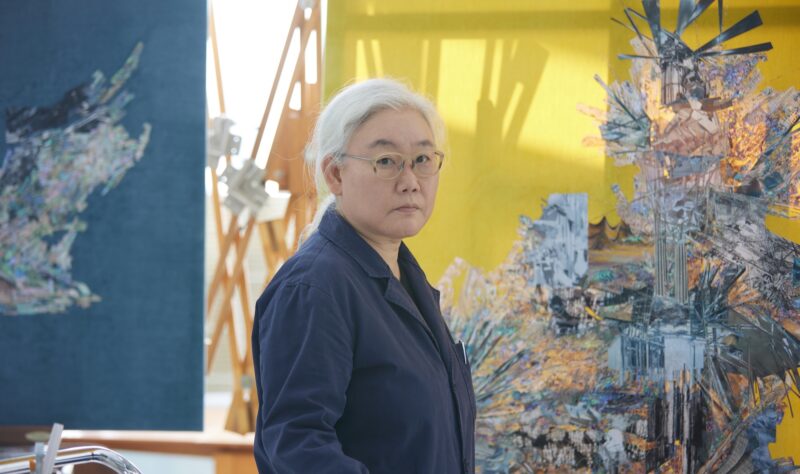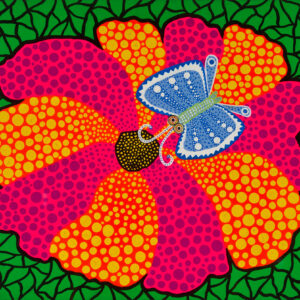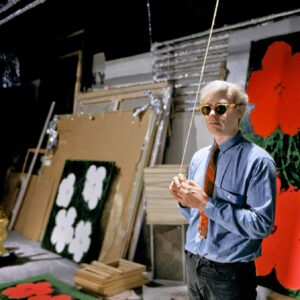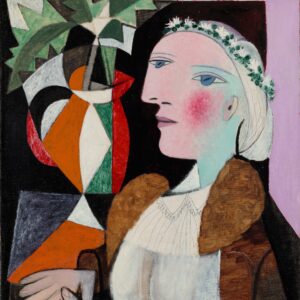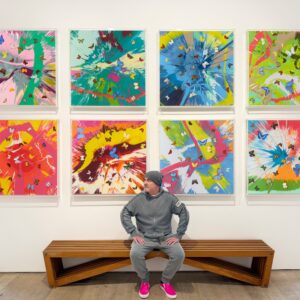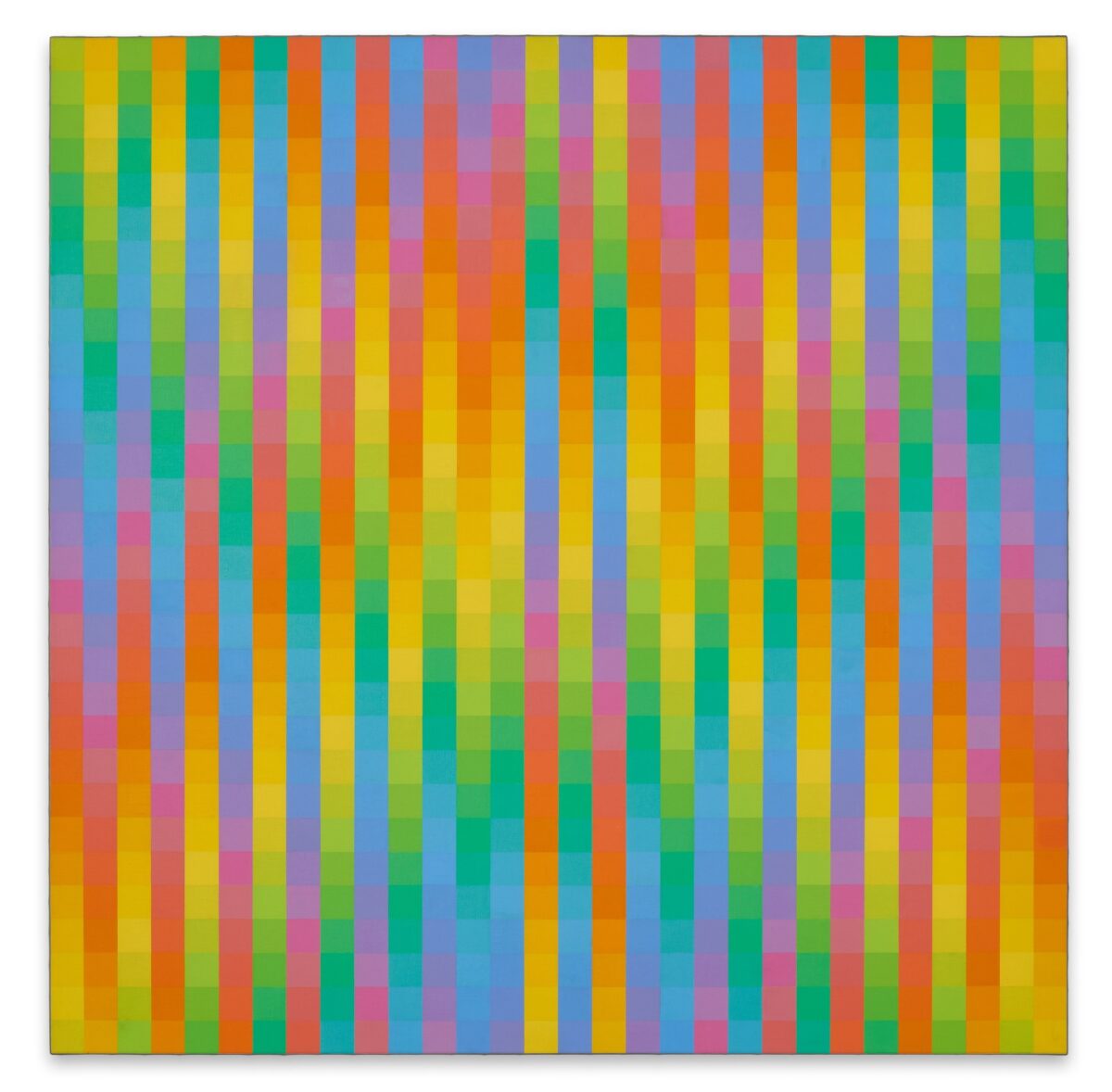
Hauser & Wirth Basel to present an exhibition of paintings and works on paper by the legendary Swiss concrete artist and graphic designer Richard Paul Lohse (1902 – 1988), spanning the 1950s until the 1980s.
A leading representative of the Zürcher Konkrete movement, alongside artists like Max Bill, Verena Loewensberg and Camille Graeser, Lohse was a radical thinker who combined a belief in the expressive power of color with the democratic potential of art during the early- and mid-20th century. His work also made a significant impact on the development of graphic design.
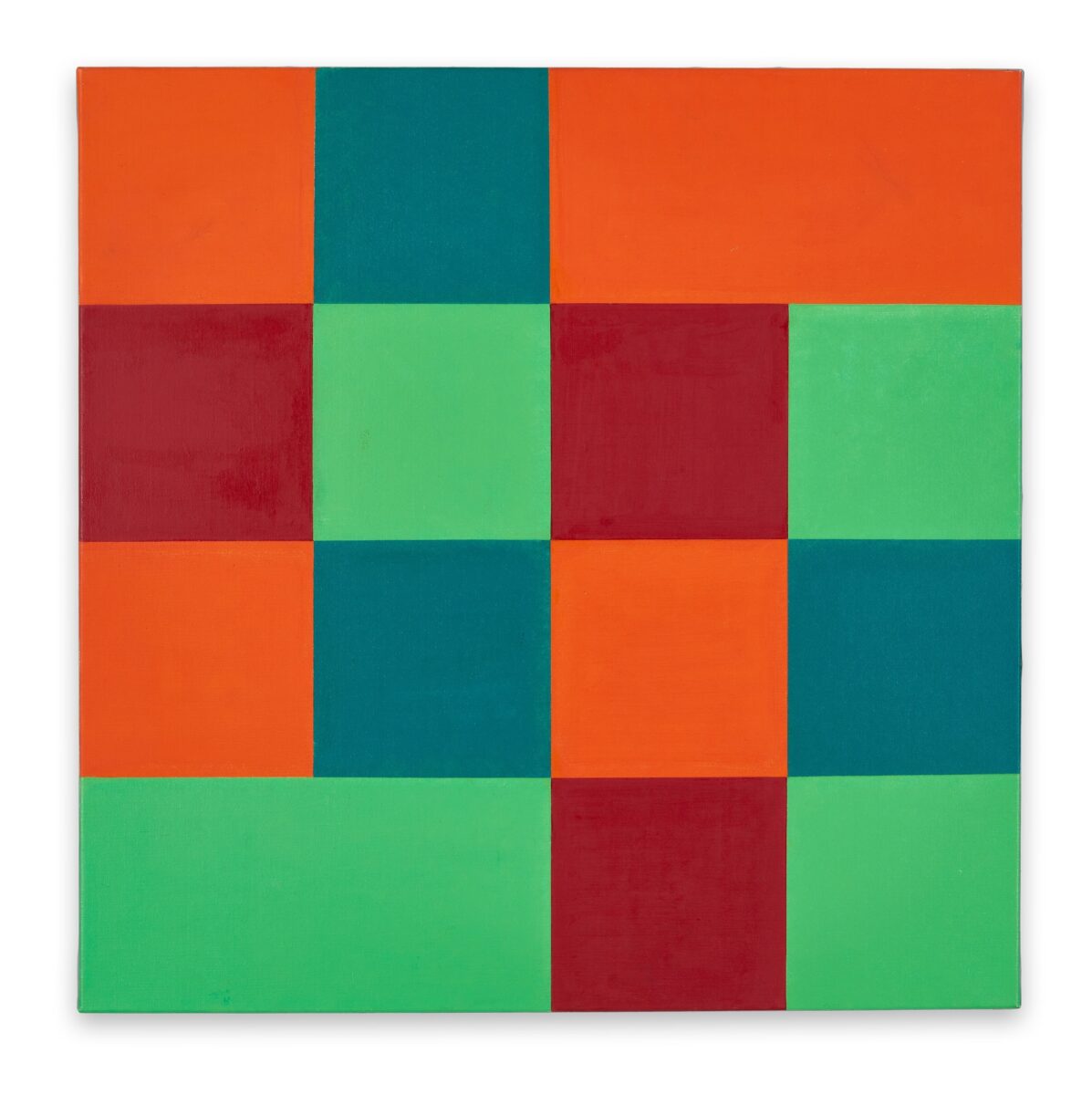
1980 – 1986 Oil on canvas 72 x 72 cm / 28 3/8 x 28 3/8 in © Richard Paul Lohse-Stiftung / 2025, ProLitteris, Zurich Photo: Jon Etter
From the 1940s onwards, Lohse’s modular and serial paintings employed systematic structures that aimed to standardize pictorial means. Showcasing works from his most iconic series of paintings using grids of colored squares—versions of which were exhibited at Documenta Kassel in 1982—this exhibition offers visitors a rare opportunity to experience his groundbreaking artistic approach firsthand. Tracing Lohse’s evolution from earlyexplorations of modularity to the large-scale serial compositions that cemented his place at the forefront of 20th-century abstraction, the exhibition reveals how subtle shifts in form and color transform visual perception. This presentation precedes a major traveling European retrospective, beginning at MASI Lugano in September 2025.
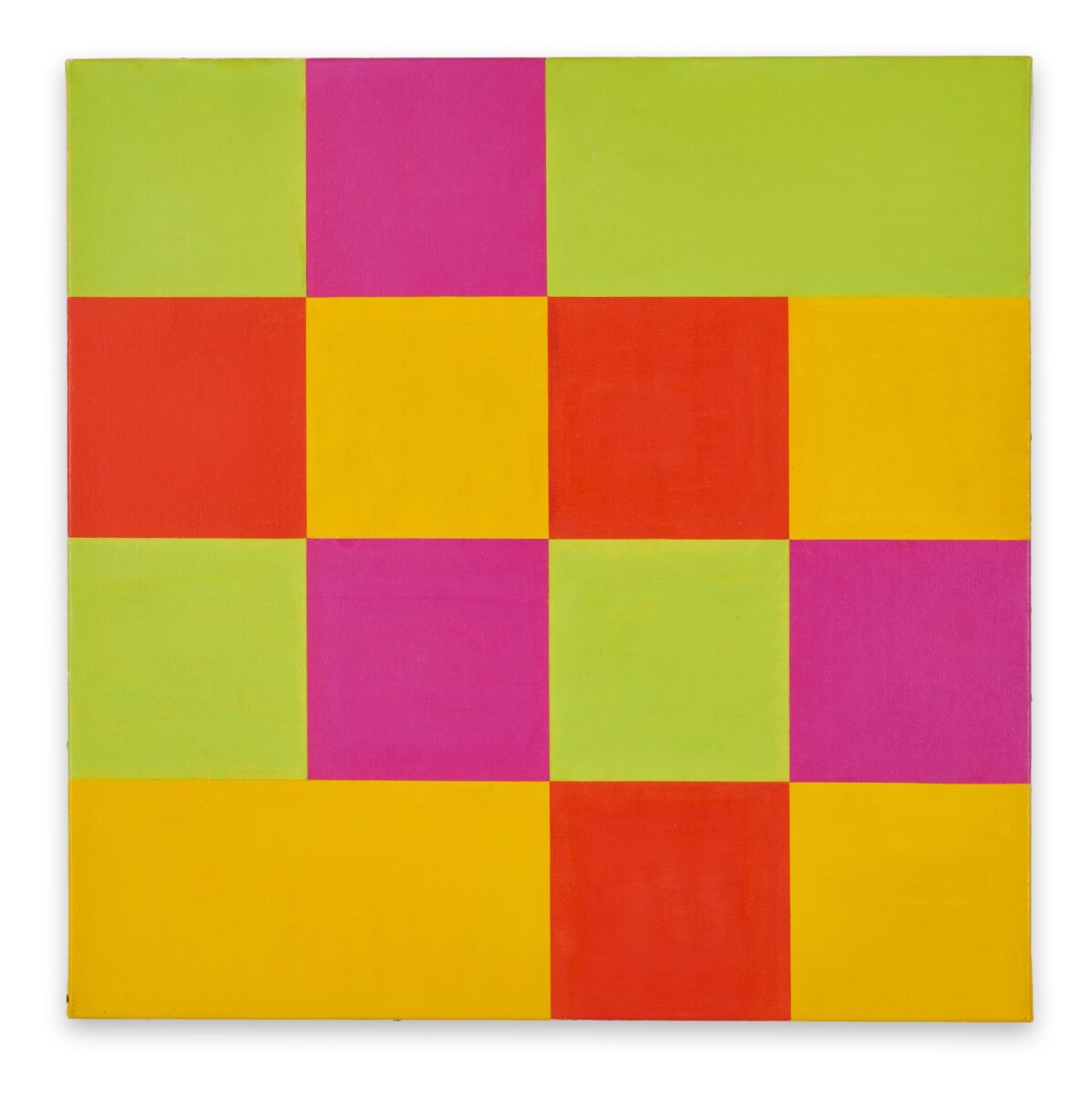
Few artists have redefined the language of abstraction as profoundly as Richard Paul Lohse. His background ingraphic design and typography shaped his structured approach to painting. Inspired by De Stijl and Mondrian,he differed in his method—where Mondrian worked intuitively, Lohse adhered to strict systems. Rejectingsubjective expression, he aimed to establish a universal visual language based on mathematical precision andsystematic order. His serial compositions and modular systems eliminated hierarchy, reinforcing his belief insocial progress and democratic ideals.
Lohse was not just a painter—he was a thinker, designer and activist who shaped the visual culture of post-war Europe. Seeing visual communication as a tool for social change, Lohse was politically active in the1930s and later joined the resistance during World War II. In 1937, together with Leo Leuppi, he founded ‘Allianz, Vereinigung moderner Schweizer Künstler,’ which defined Swiss concrete art. He was involved with leading modernist figures such as Jean Arp, Georges Vantongerloo, Le Corbusier, Antoine Pevsner and Friedrich Vordemberge-Gildewart, whose ideas shaped his approach to abstraction. As editor of ‘werk, bauen+ wohnen’ (1947–1956) and co-founder of ‘Neue Grafik’ (1958–1965), he influenced the postwar dialogue between art, graphic design and technology, bridging the gap between industrial precision and avant-garde aesthetics.
Among the highlights of the exhibition is ‘Vier Kreuzgruppen verbunden’ (1956–1957), a square composition of four interlocking grid structures, illustrating his early exploration of chromatic rhythm and modular configurations. Lohse’s methodical yet engaging works immerse viewers in rhythm, color and structure, asseen in ‘9 vertikale systematische farbmengengleiche Reihen’ (1950–1980), a meticulously organized oil-on-canvas demonstrating his principle of equal color quantity, ensuring each hue appears with equal frequencyand balance across the grid.
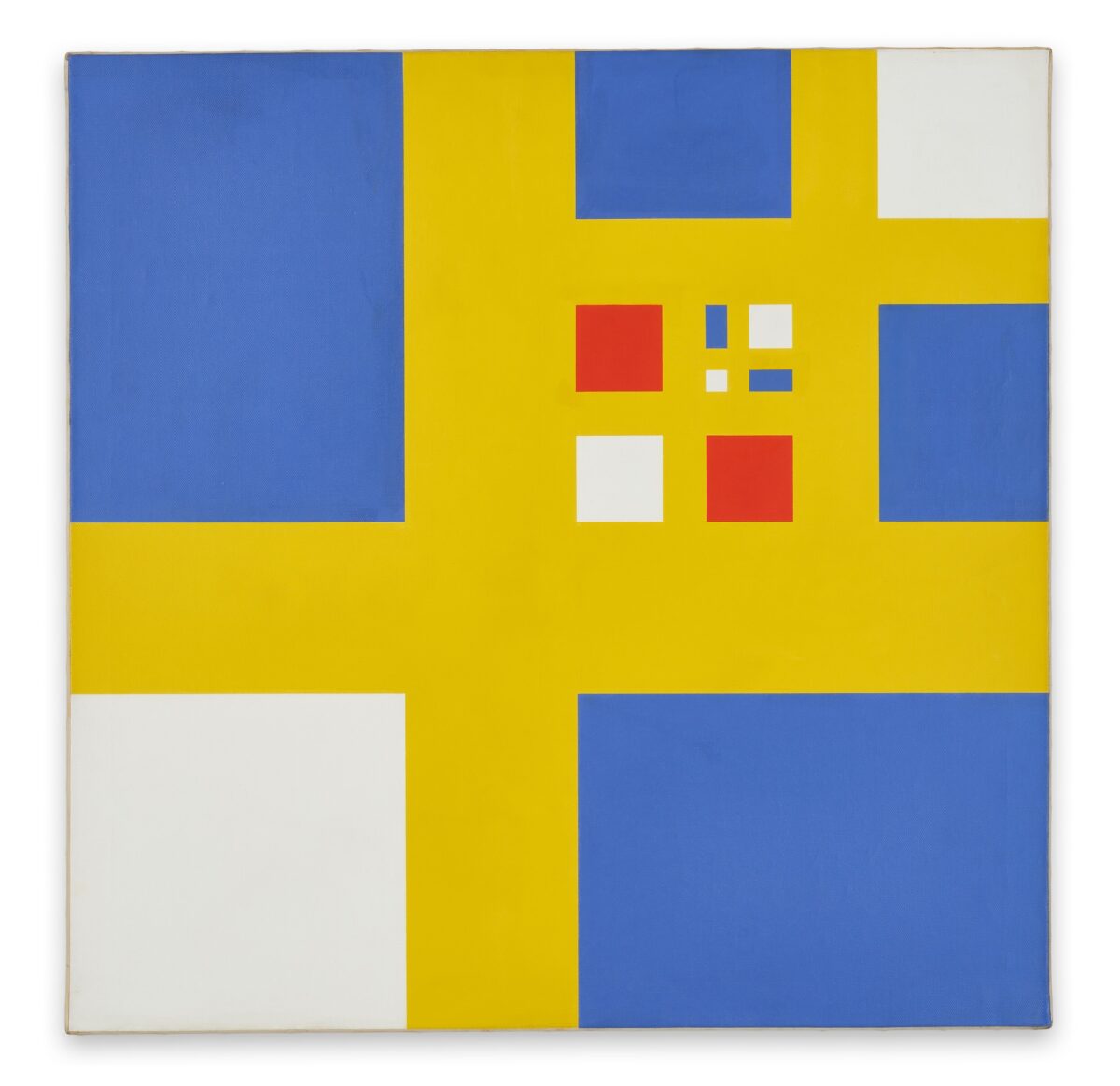
Oil on canvas 100 x 100 cm / 39 3/8 x 39 3/8 in © Richard Paul Lohse-Stiftung / 2025, ProLitteris, Zurich Photo: Jon Etter
‘30 vertikale systematische Farbreihen mit roten Diagonalen’ (1943–1970), with its precise vertical sequences intersected by red diagonals, exemplifies his mastery of seriality and dynamic structure. The exhibition invites visitors to explore variations like ‘30 vertikale systematische Farbreihen mit zwei Bändern,’ revealing how minor changes in modular arrangements generate dramatically different visual effects. In large-scale serial paintings like ‘15 systematische Farbreihen mit heller Betonung B’ (1987), similar to those shown at Documenta 7 inKassel (1982), he anticipated the logic of early computing, echoing the infinite scalability and repetition foundin digital aesthetics
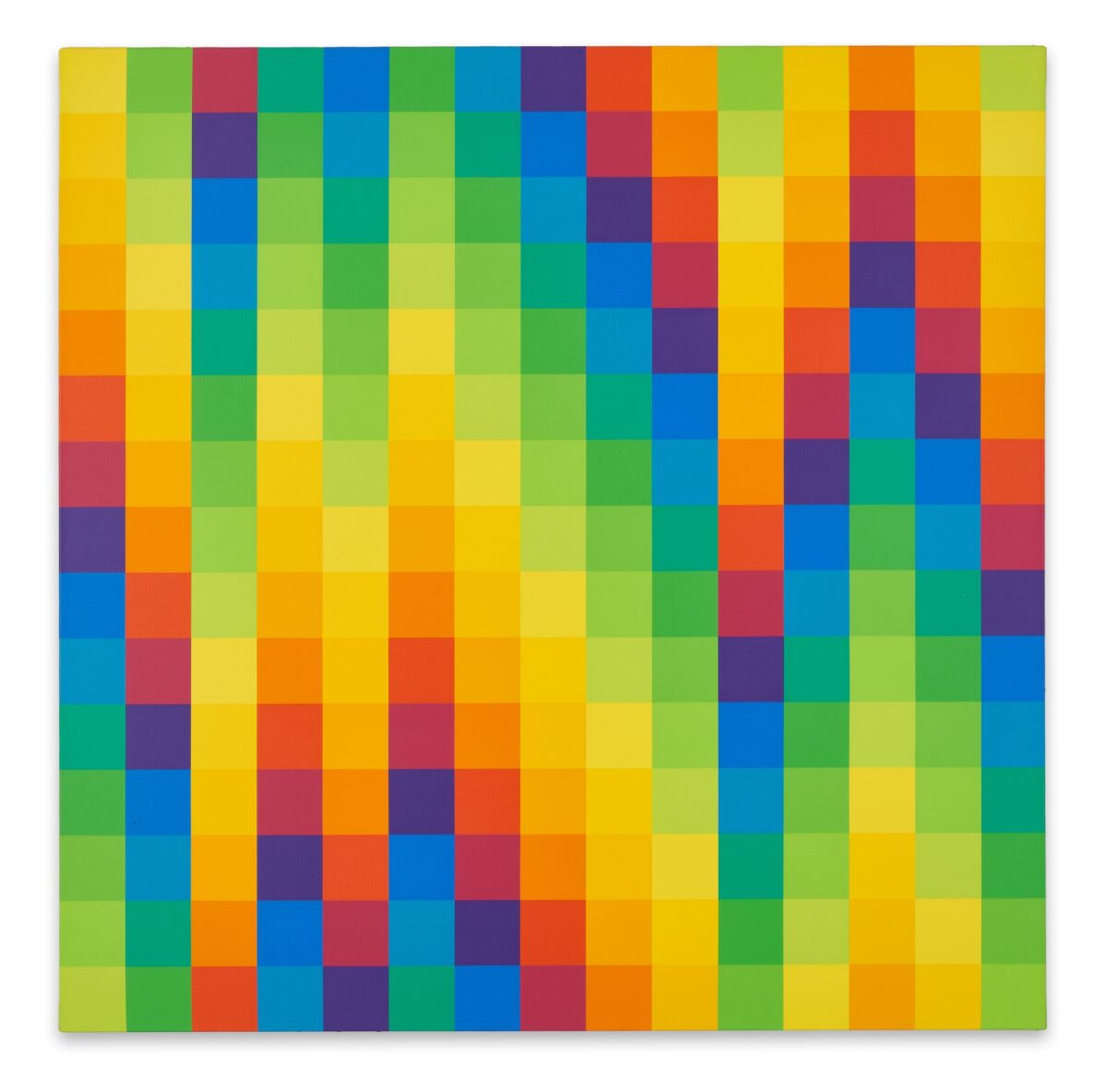
Lohse continued refining gradual color transitions in his later works such as ‘Diagonalstufung Gelbrot – Blaurot’(1980–1986) and ‘Diagonalstufung Gelbrot – Blaugrün,’ allowing for direct comparison of his approach tochromatic gradation within a strict geometric framework. He also experimented with color sequences onpaper, using graphite and colored pencil, as in ‘Komplementäre Gruppen durch sechs horizontale gleiche Farbreihen’ (1950). These studies were later developed into finished drawings, including the 1961 version ofthe same title, and were often translated onto canvases with vibrant oil paint.
A key figure in Swiss concrete art, Lohse gained international recognition through exhibitions such as Willem Sandberg’s 1961 show at the Stedelijk Museum, Amsterdam, and Switzerland’s representation at the VeniceBiennale in 1972. He participated in major exhibitions, including the ‘Allianz’ exhibition at Kunsthaus Zürich(1942), the ‘Konkrete Kunst’ exhibition at Kunsthalle Basel (1944), the ‘arte astratta e concreta’ exhibition atthe Palazzo Exreale, Milan (1947), the 8th São Paulo Biennial (1965) and the Documenta, Kassel (1968, 1982).His influence was further cemented with the Art Prize of the City of Zurich (1973), reinforcing his impact onconcrete and systematic art
Richard Paul Lohse, 26th February – 26th April 2025, Hauser & Wirth Basel
